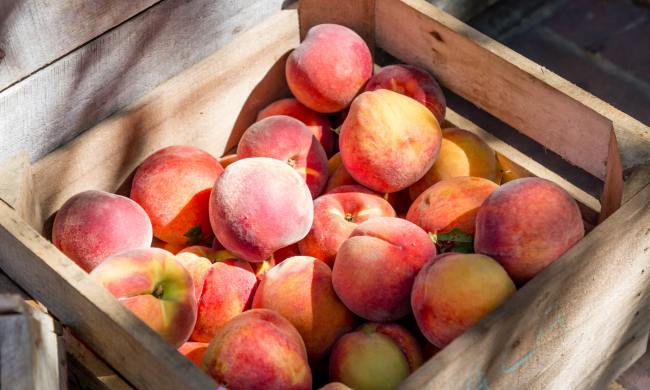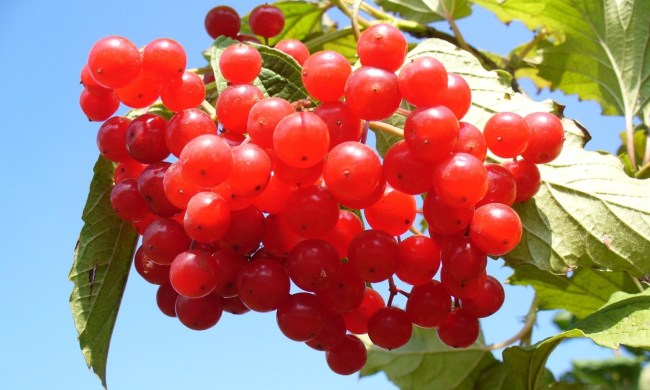Even those not well versed in trees can recognize the smell of a cedar tree. Cedar trees are loved for their beautiful growth, unique needle-like leaves, and elegant bark. People use them in landscaping for their stunning appearance and many use the wood to build boats. However, there are questions that surround cedar trees, so let’s address those and everything else you need to know about these trees.
What are the true cedar varieties?
It may be surprising to learn there are only four true cedar varieties. These trees actually belong to the cedar family and the other cedars are known as “false cedars.” Here are the four true cedars.
Deodar cedar
The Deodar cedar is also known as the Himalayan cedar because that’s where this beautiful tree is from. These cedars have branches that swoop out and spread wide as they mature. Often, these cedar trees are used in larger gardens or national parks since they grow to be about 70 feet tall and 40 feet wide when mature. They are hardy in zones 7 through 9 and need full sun and well-draining soil.
Cyprian cedar
This short-branched cedar is native to the island of Cyprus, and its gray-green needles grow in attractive clumps. It’s low maintenance and can grow in almost any soil type. However, you’ll need well-draining soil and full sun to grow this stunning tree successfully. It’s hardy in zones 6 to 9 and can grow up to 83 feet tall!
Atlas cedar
Also known as blue atlas cedar, this true cedar is native to the Atlas mountains. Its leaves are a blue-green color and its bark is a brown-gray shade. It’s one of the most famous cedars grown in the United States. The blue atlas cedar needs plenty of room to spread out, full sun, and is hardy in zones 6 to 8. It’s a drought-tolerant tree when mature and its weeping branches need training as it grows.
Cedar of Lebanon
This cedar variety is native to Southwest Asia and through parts of Syria and Lebanon, hence the name. It’s a cultural symbol in Lebanon and even appears on the Lebanese flag. The cedar of Lebanon is drought tolerant and it needs full sun and moist, but well-draining soil. It can grow in zones 5 to 9. It’s known for its massive trunk and requires plenty of space since it grows up to 100 feet tall, with branches that reach 80 feet wide.
What are the false cedar varieties?
These look, smell, and grow like cedar trees, but they are not. They may not be officially a part of the family, but false cedars have a lot to offer, especially in North America, where indigenous communities have honored and used these trees in essential ceremonies and medical practices for over millennia. These are all stunning trees that might have cedar in the name but aren’t technically cedar; however, that doesn’t mean you can’t use them in your landscaping!
- Incense cedar
- Alaskan yellow cedar
- Bermuda cedar
- Eastern red cedar
- Northern white cedar
- Port Orford cedar
- Siberian pine
- Spanish cedar
- Western red cedar
How fast do cedar trees grow?
As with most trees, cedar tree growth varies throughout its life cycle. Typically, they grow quickly as smaller trees, then slow down as they mature. The cedar tree’s fastest growth rate is about 25 inches in a year, but it’s usually around 12 to 24 inches depending on the type of cedar and its living conditions.
Where do cedar trees grow?
This depends significantly on the type of cedar trees. Some are from Southwest Asia, and others are in the Mediterranean. Often, these trees are in high altitudes and are generally hardy down to zone 6.
What types of cedar trees are the fastest growing?
Cedars are already fast-growing trees, but some of the fastest varieties are blue atlas, deodar, and incense cedar. Just remember that incense cedar is a false cedar.
What is the most common cedar tree?
There are a lot of popular cedar trees in the United States, but the most popular cedar tree is the blue atlas. It’s the easiest to grow and the most manageable size for home landscapes, although not quite as manageable as dwarf trees.
How many species of cedar trees are there?
As we discussed above, there are true and false cedar trees. There are only four true cedar trees, but nine false cedar trees. Other than for clarity’s sake, there’s no reason not to count the false cedars as cedars when talking about what to grow in your garden. So in total, there are 13 cedar tree varieties.
What are cedar trees called?
The cedar tree’s Latin name is Cedrus. They are part of the coniferous tree group and in the plant family called Pinaceae. The subfamily is Abietoideae.
There are plenty of options when it comes to choosing a cedar tree for your landscaping. Remember that there are true cedars and false cedars, but both are beautiful options!




